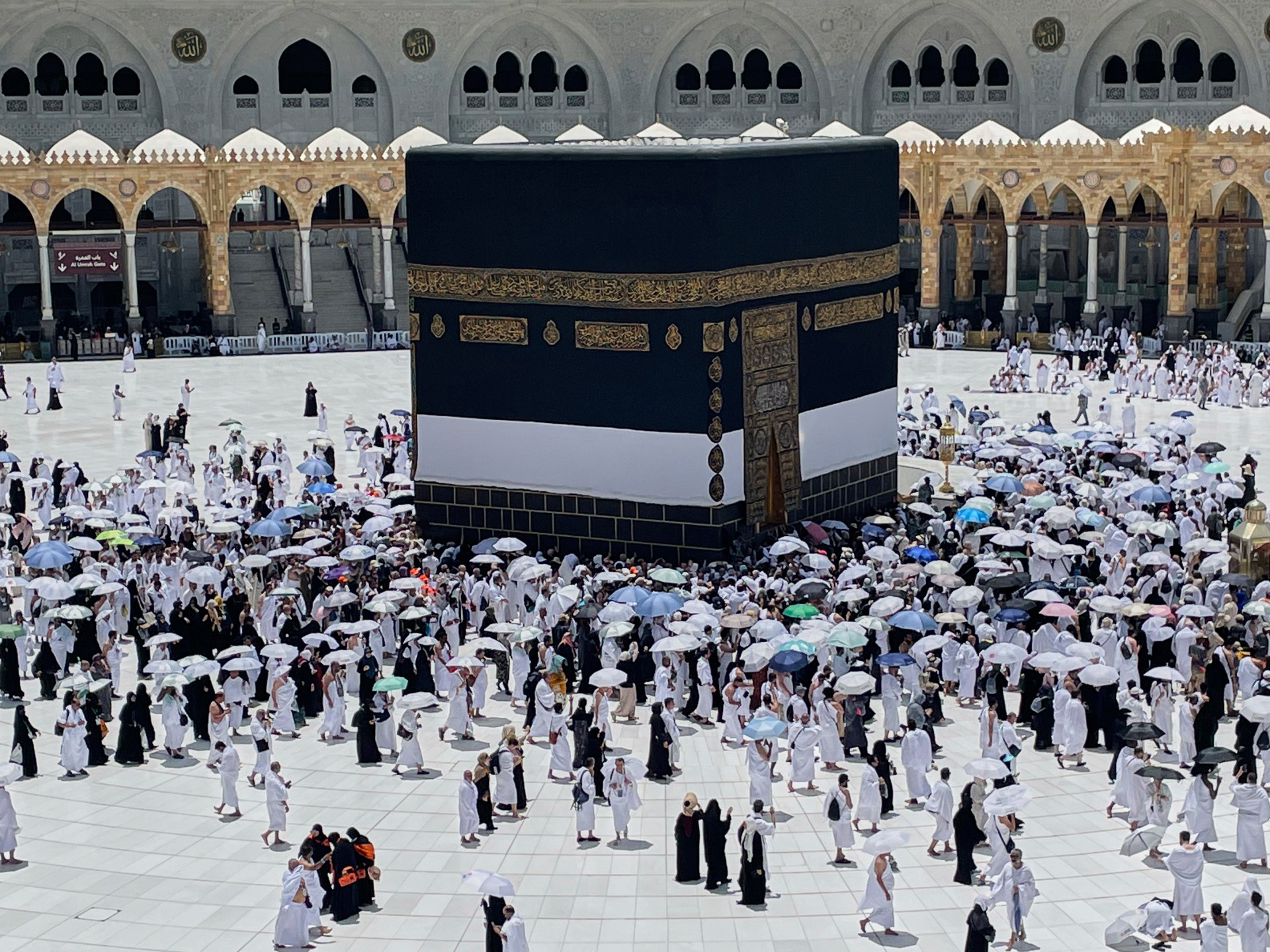More than 600 Shia pilgrims hospitalised due to chlorine gas leak in Iraq | News
Authorities say the incident happened overnight between the two Shia holy cities of Najaf and Karbala.
More than 600 Shia pilgrims in Iraq have been briefly hospitalised with respiratory problems after inhaling chlorine as the result of a leak at a water treatment station, according to authorities.
The incident took place overnight on the route between the two Shia holy cities of Najaf and Karbala, in the centre and south of Iraq, respectively.
This year, several million Shia Muslim pilgrims are expected to make their way to Karbala, which houses the shrines of the revered Imam Hussein and his brother Abbas.
There, they will mark the Arbaeen, the 40-day period of mourning during which Shia commemorate the death of Hussein, grandson of the Prophet Muhammad.
‘All pilgrims treated’
In a brief statement, Iraq’s Ministry of Health said “621 cases of asphyxia have been recorded following a chlorine gas leak in Karbala.
“All have received the necessary care and left hospital in good health,” it added.
Security forces charged with protecting pilgrims said the incident had been caused by “a chlorine leak from a water station on the Karbala-Najaf Road”.
Much of Iraq’s infrastructure is in disrepair due to decades of wars, internal conflicts and corruption, with adherence to safety standards often lacking.
In July, a huge fire at a shopping centre in the eastern city of Kut killed more than 60 people, many of whom suffocated in the toilets, according to authorities.

